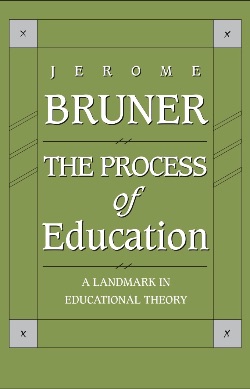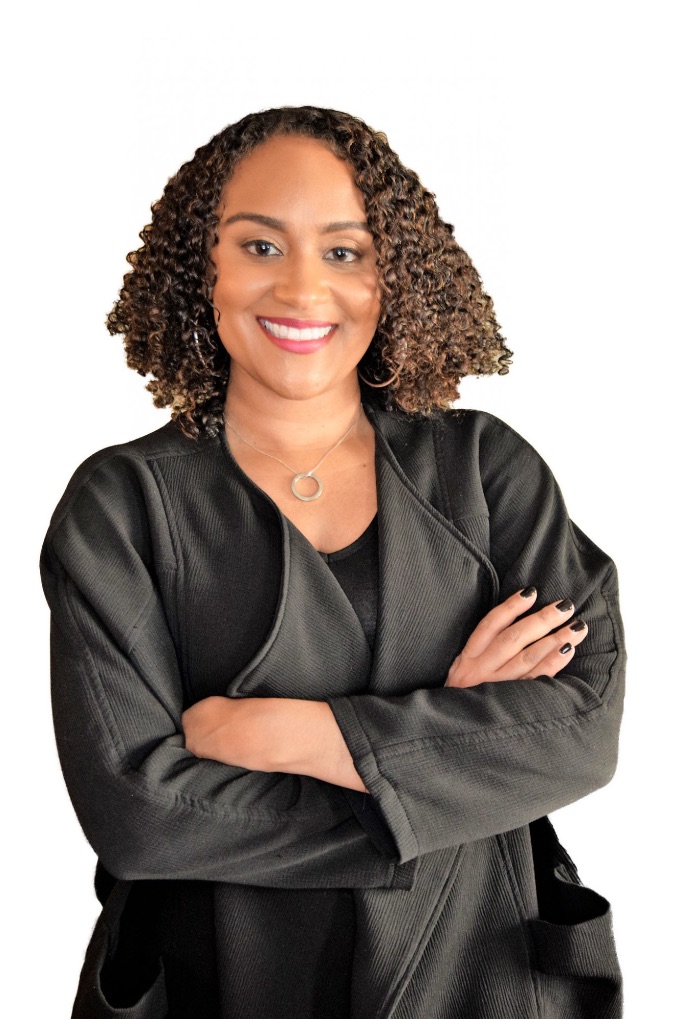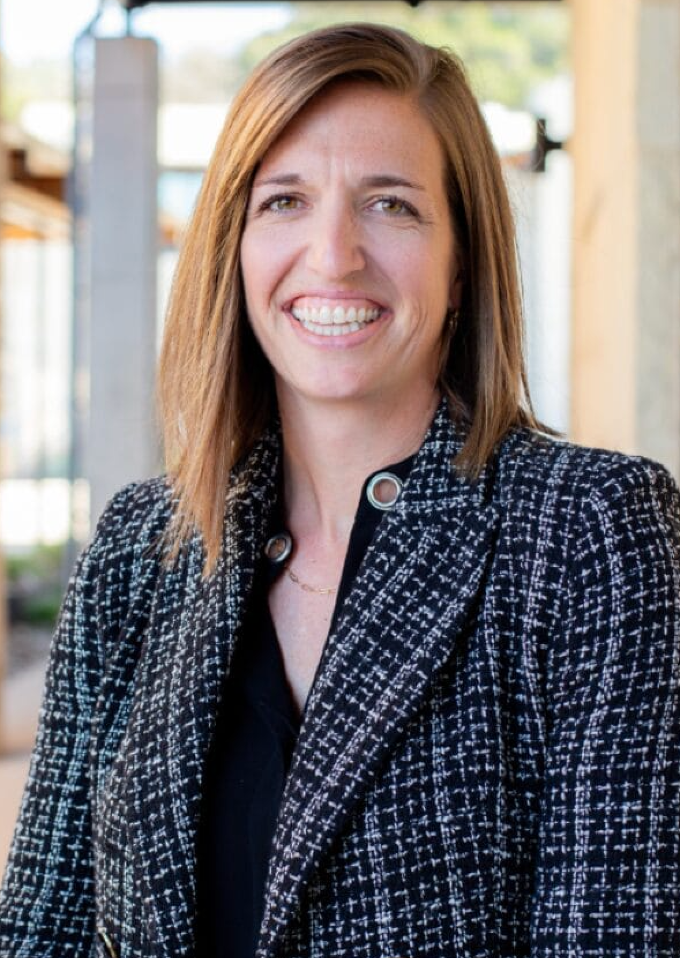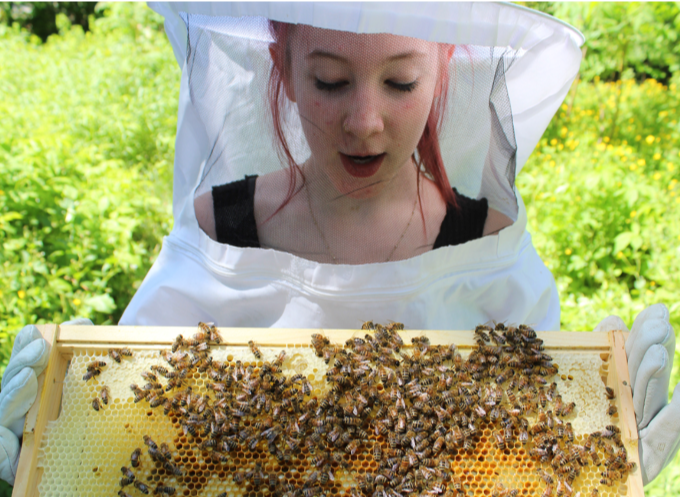November 21, 2025
Teaching
“Learning how to learn is the ultimate skill.”

Jerome Bruner wrote this book in 1960, when teaching largely relied on rote memorization, rigid curricula, and the passive transfer of facts from teacher to student. He was among the first to suggest that education’s highest purpose is to cultivate the ability to actively construct knowledge, not simply store information.
He believed deep understanding comes from grasping the key structures and principles that organize any field. In his view, any subject can be taught to any learner if it is presented at the appropriate level. A curriculum, he said, should introduce “big ideas” in clear, accessible ways and then return to those ideas over time with increasing complexity. This approach, known as a spiral curriculum, mirrors how creative thinking develops by building on and extending what is already known.
Sixty-five years later, most modern curricula—especially in math, science, and literacy—follow this pattern. Foundational concepts such as number sense, scientific inquiry, and reading strategies are revisited and deepened each year.
Bruner was also one of the first to articulate that creativity emerges from knowing how to use what you already understand to reach beyond what you currently think.
“The heart of creativity … requires that the learner stand back from reality and be prepared to take his journey without maps.”
“Discovery, like surprise, always has a context—a learner must use what is already known to be able to extend it.”
BOOK: The Process of Education



